Feature scaling/normalization: from sklearn.preprocessing import MinMaxScaler and then apply MinMaxScaler to normalize numerical features.
Handling missing values by imputation: from sklearn.impute import SimpleImputer and then apply SimpleImputer to fill missing values.
One-hot encoding for categorical variables: from sklearn.preprocessing import OneHotEncoder and then apply OneHotEncoder to encode categorical features.
Label encoding for categorical variables: from sklearn.preprocessing import LabelEncoder and then apply LabelEncoder to encode categorical features.
Removing outliers based on z-score: from scipy import stats and then apply zscore to identify and remove outliers.
Handling skewed data using log transformation: Apply np.log1p to perform log transformation on skewed numerical features.
Binning/Discretization: from sklearn.preprocessing import KBinsDiscretizer and then apply KBinsDiscretizer to transform numerical features into bins.
Text preprocessing (lowercasing, tokenization, stemming, stop-word removal): Use libraries like nltk or spaCy to perform text preprocessing operations.
Dimensionality reduction using Principal Component Analysis (PCA): from sklearn.decomposition import PCA and then apply PCA to reduce the dimensionality of the dataset.
Handling class imbalance in classification problems: Apply techniques like oversampling (e.g., SMOTE) or undersampling to balance the class distribution.
Feature selection using statistical tests: from sklearn.feature_selection import SelectKBest and then apply SelectKBest with appropriate statistical tests to select the most relevant features.
Handling time series data: Apply time series-specific techniques such as lagging, differencing, or exponential smoothing.
Data discretization: Convert continuous variables into categorical variables based on predefined bins or intervals.
Scaling using standardization: from sklearn.preprocessing import StandardScaler and then apply StandardScaler to standardize numerical features.
Handling imbalanced numerical ranges: Apply feature scaling techniques to normalize numerical features with large differences in ranges.
Handling highly correlated features: Perform feature selection or dimensionality reduction techniques to remove highly correlated features.
Handling date/time features: Extract relevant information from date/time features (e.g., day of the week, month, year) using built-in Django functions or libraries like pandas.
Handling ordinal variables: Assign appropriate numerical values to ordinal variables based on their relative importance or predefined scales.
Handling text/html data: Clean and preprocess text/html data by removing special characters, tags, or stopwords.
Handling multi-modal/multi-input data: Preprocess and combine multiple modalities or inputs using appropriate techniques such as concatenation or fusion.
These are just some examples of data preprocessing operations that you can perform using Django. The specific operations you choose will depend on your dataset and the preprocessing requirements.
For further actions, you may consider blocking this person and/or reporting abuse
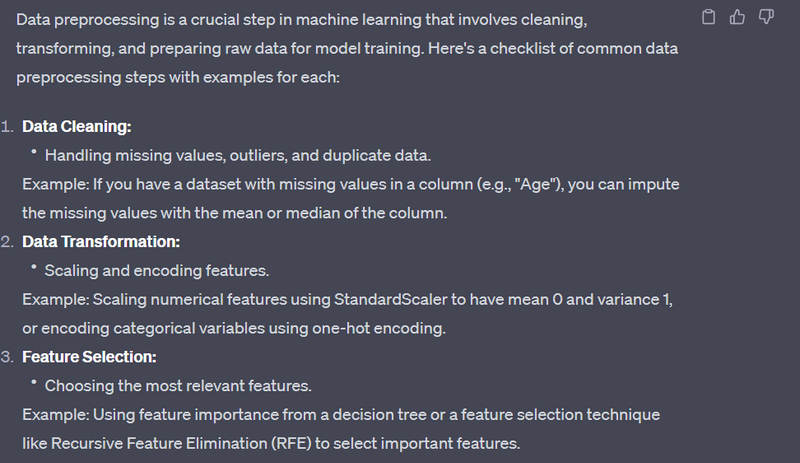
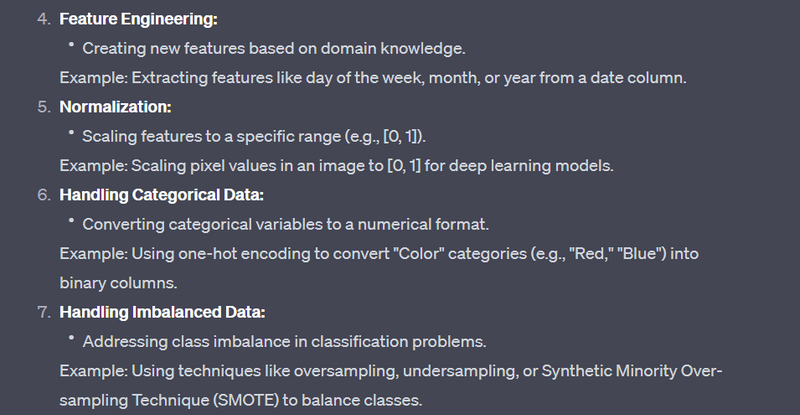
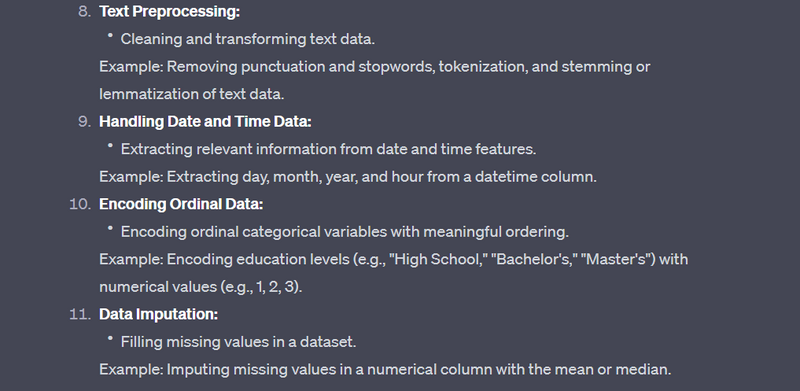
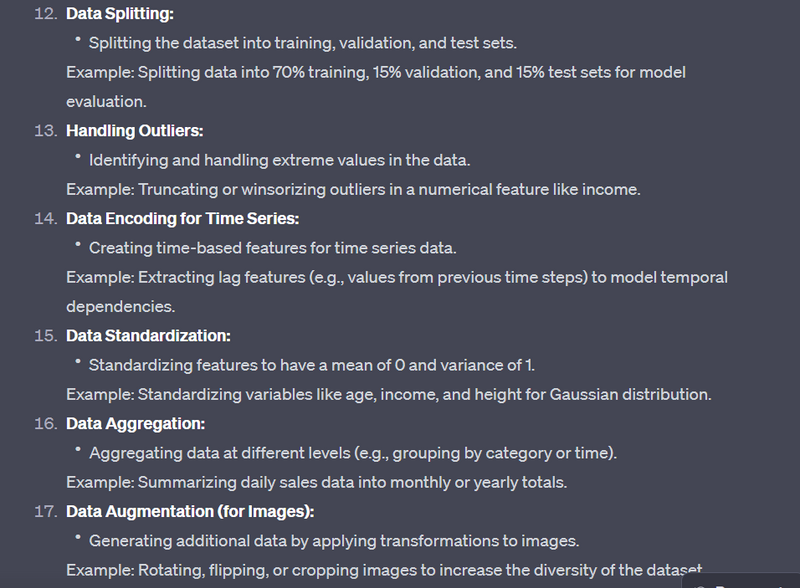
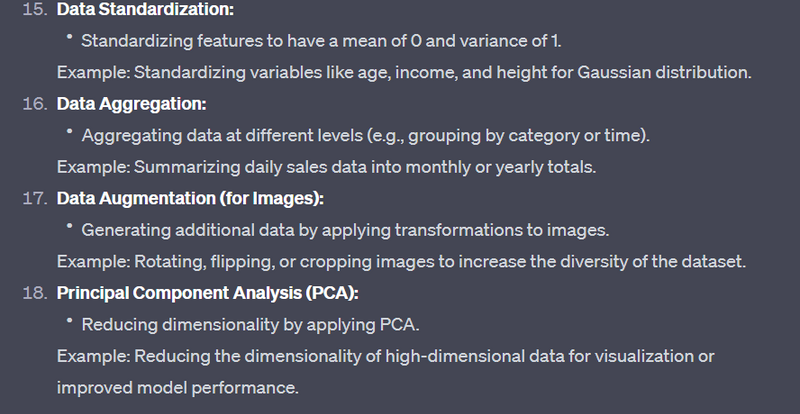


Top comments (0)